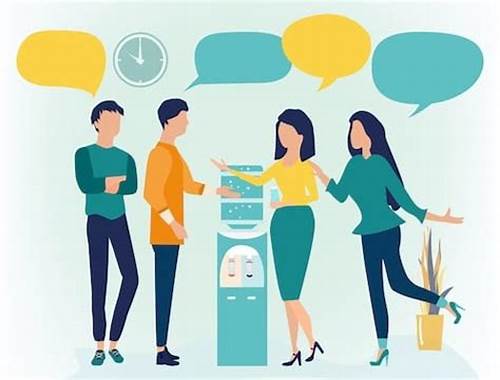Take advantage of every opportunity to practice your communication skills so that when important occasions arise, you will have the gift, the style, the sharpness, the clarity and the emotions to affect other people ~ Jim Rohn
Communication is the basis of all engagement and we know how integral a part of our professional lives it is. One can be a CEO, a Human Resources manager or a fund-raiser for a not-for-profit organization. However, to be successful in any role you play, an important prerequisite is impeccable communication skills. It is important to be precise, non-verbose and yet make a point, especially while conducting business. In this post and the next, we talk to you about tips and pointers that can help you hone your communication skills to perfection. Here is the first of the two!
Communication as the Transfer of Information: Whenever possible, use numbers. Quantifying enhances the clarity of communication and it should not be vague or left to the choice of the person being instructed. Whenever possible ask the other person to describe what he is saying, numerically. Don’t accept statements such as, “Could you please send over to me, some more leaflets, A.S.A.P.”.
Instead say, “Could you please send over 30 leaflets so that they get to me no later than 6pm tomorrow?”
Using numbers is the best and easiest way to make your language more accurate and specific. Using numbers reduces the chances of misunderstandings, errors and therefore, of conflict.
The other branch of information is conveying the right idea. In order to do this always use affirmation, say what is to be said instead of irrelevant information. For example, don’t say what you are not going to do. Instead, state what you are going to do. Don’t say what you think cannot be done, instead, state what you think can be done!
Communication as the transfer of information and of emotion. Listen with the intent to understand, not to retort: There are three levels of listening:
- Not really listening – Drifting off, mentally, whilst the other is speaking is a major problem, be mentally present in the conversation, this will help you gather all the details
- Listening with intent to reply – You listen. But, you are, in fact, simply waiting for her to finish speaking so that you can tell the other person what you think. You listen with intent to answer with your counter or to give your, (more impressive) opinion.
- Listen with intent to understand – In this method of listening you are not listening with intent to reply. You are listening with a true intent to understand WHAT the other person thinks, and WHY she thinks it.
You may disagree with everything a person says, however, dissent does not necessarily mean loud arguments which could have the potential to turn ugly. Instead, you continue questioning, in an attempt to understand the other person’s perspective. If you keep questioning with the intent to learn, then you may discover that the person will surprise you with a set of reasons that you had never thought of before. This may lead you to evolve your view. Listening with intent to understand is surely an art worth developing.
We leave you here to allow for these concepts to sink in, but when you are ready for more, do tune in for the concluding part on the essentials for good communication skills! Happy reading!




